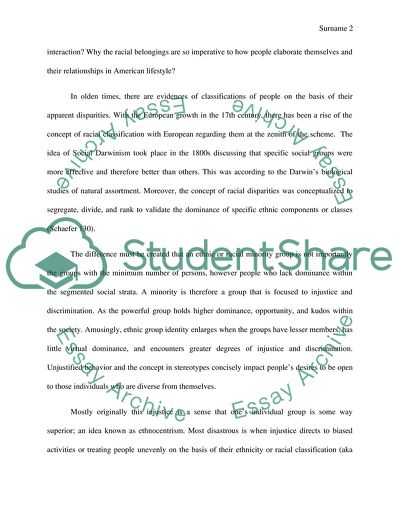Cite this document
(Racial-Ethnic Groups in the United States Essay Example | Topics and Well Written Essays - 2500 words - 1, n.d.)
Racial-Ethnic Groups in the United States Essay Example | Topics and Well Written Essays - 2500 words - 1. https://studentshare.org/sociology/1802258-challenges-of-ethnic-groups
Racial-Ethnic Groups in the United States Essay Example | Topics and Well Written Essays - 2500 words - 1. https://studentshare.org/sociology/1802258-challenges-of-ethnic-groups
(Racial-Ethnic Groups in the United States Essay Example | Topics and Well Written Essays - 2500 Words - 1)
Racial-Ethnic Groups in the United States Essay Example | Topics and Well Written Essays - 2500 Words - 1. https://studentshare.org/sociology/1802258-challenges-of-ethnic-groups.
Racial-Ethnic Groups in the United States Essay Example | Topics and Well Written Essays - 2500 Words - 1. https://studentshare.org/sociology/1802258-challenges-of-ethnic-groups.
“Racial-Ethnic Groups in the United States Essay Example | Topics and Well Written Essays - 2500 Words - 1”. https://studentshare.org/sociology/1802258-challenges-of-ethnic-groups.


